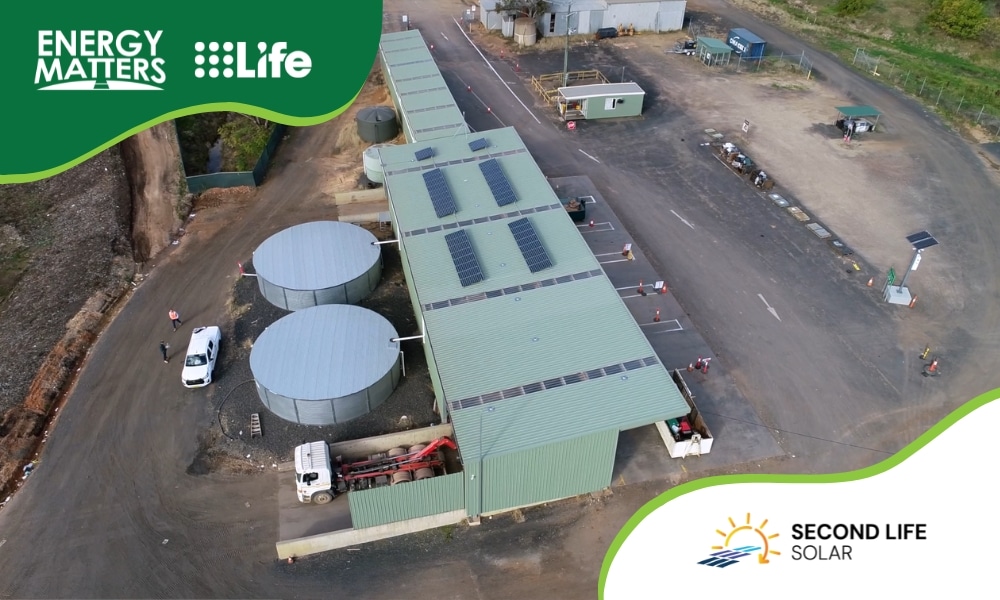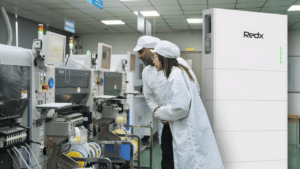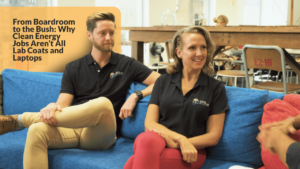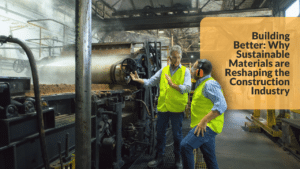Australia’s love affair with solar panels has helped the country become a global leader in rooftop solar. But there’s a dark side to our sun-powered success story. Thousands of solar panels are sent to landfill every year, some still in working condition. As systems are upgraded or replaced, millions more panels are expected to follow. That’s a massive environmental headache. Luckily, one Australian initiative is flipping the script on solar waste.
This enormous problem has found a solution with Second Life Solar. Episode 6 of Energy Matters explored we explored how Second Life Solar is diverting panels from landfill, extending their lifespan, and ensuring that even those at the end of their life are recycled responsibly.
The solar waste problem
Let’s crunch some numbers. Australia has installed more than 100 million solar panels. Many were rolled out under early government schemes around 2010. Fast forward to now, and an estimated 1 in 10 panels will need replacing within the next few years.
According to the Australian PV Institute, Australia could generate up to 1 million tonnes of solar panel waste by 2047—some forecasts put that figure even higher and sooner. Right now, it’s estimated that over 100,000 panels are dumped into landfill each year. Many of these still have juice left in the tank.
Solar panels typically last 25–30 years, but they’re often replaced earlier due to upgrades or faulty inverters, not because the panels themselves have failed. That means we’re throwing away perfectly good equipment, wasting resources, and adding to landfill.
Second Life Solar’s clever solution
Second Life Solar, a project driven by Blue Tribe in partnership with CSIRO and Dubbo Regional Council, is tackling this challenge head-on. James McGregor, CEO and Founder of The Blue Tribe Company, sat down with Energy Matters to discuss the successes and future plans of Second Life Solar. Their mission is simple but smart: identify panels that can still do the job, give them a second life, and recycle the rest sustainably.
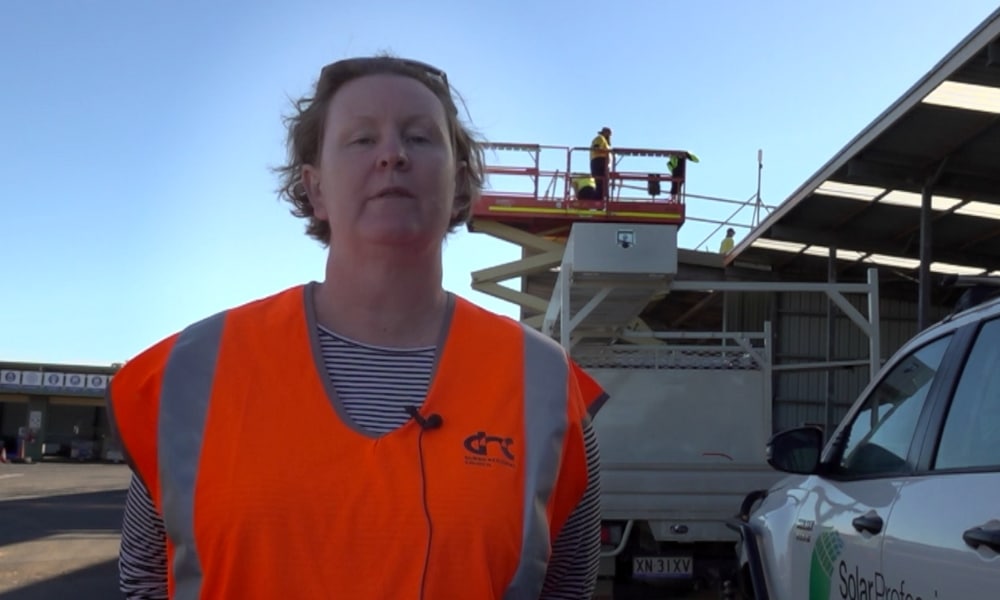
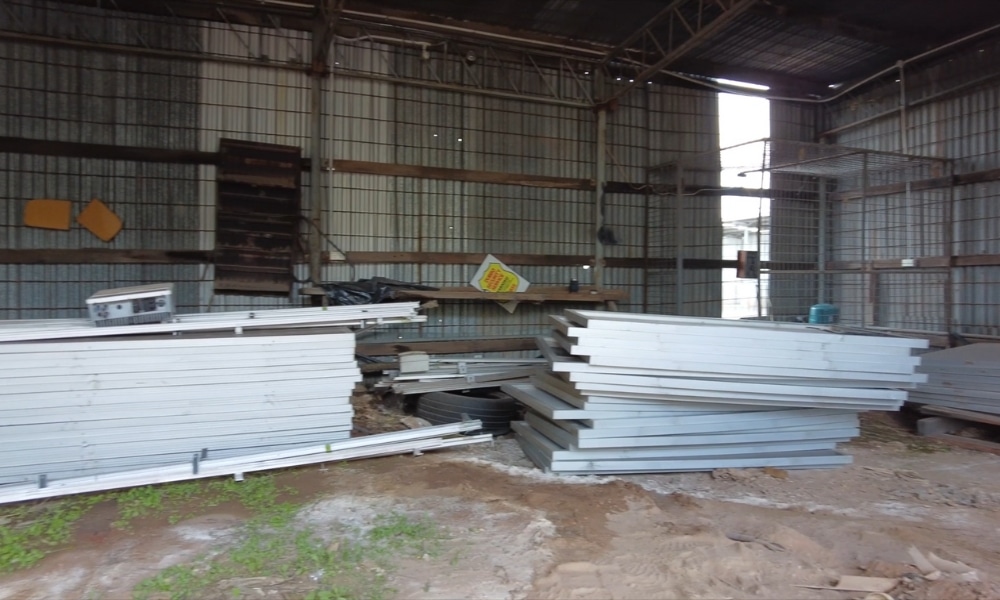
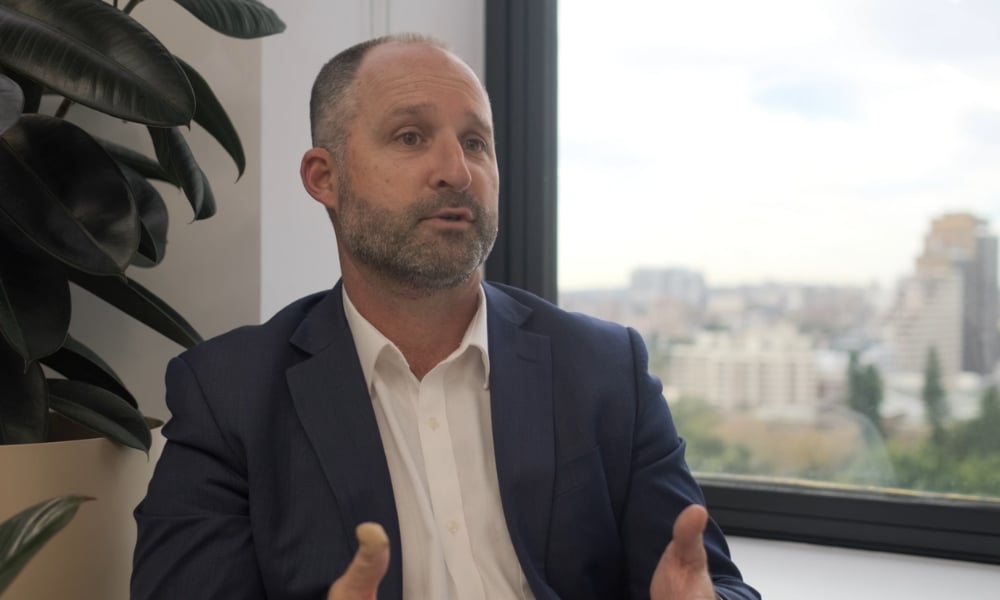
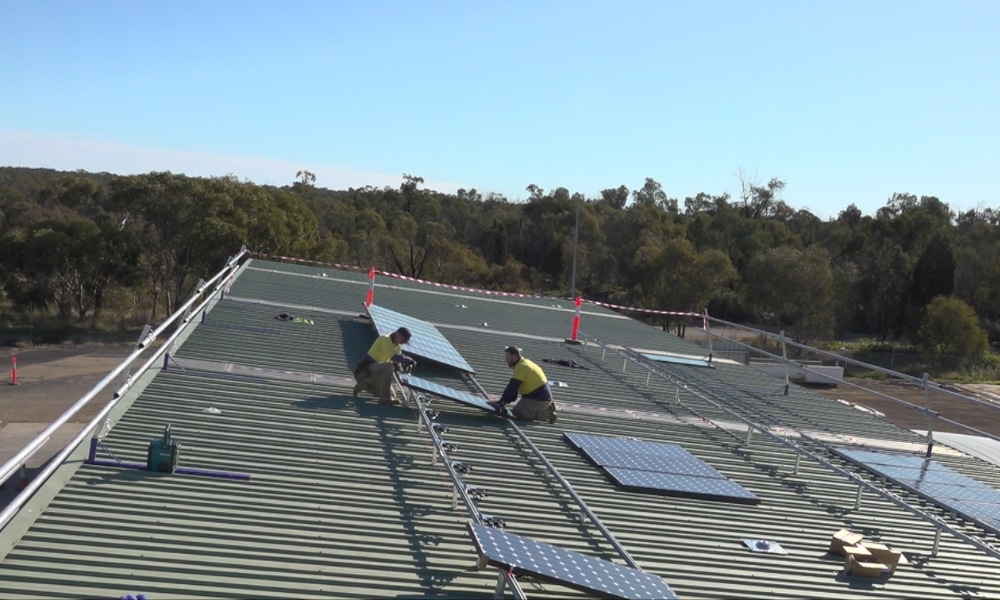
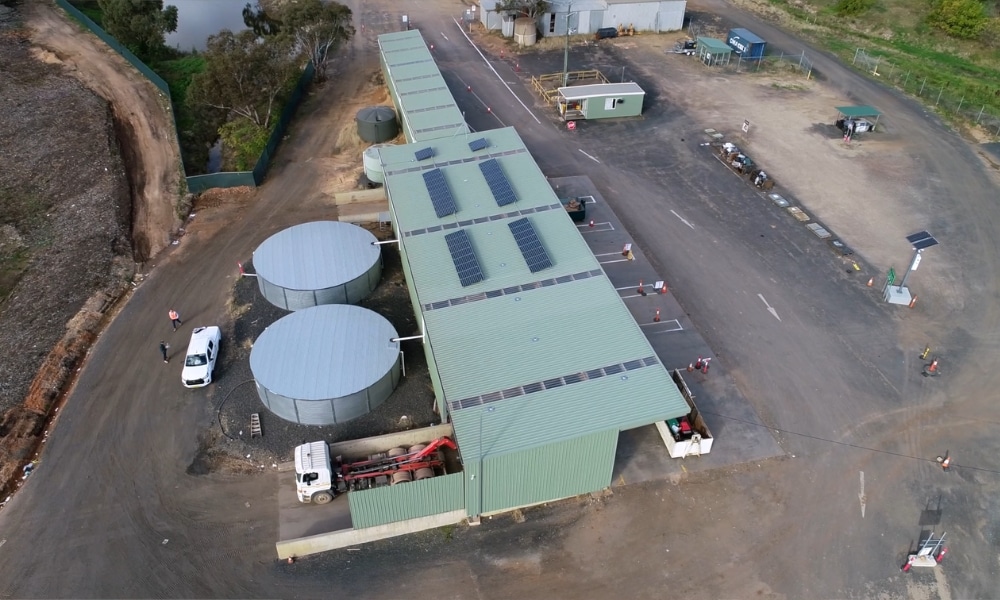
It all starts with the PV Rapid Test Rig. This mobile testing unit, developed by CSIRO, can check a panel’s electrical and mechanical health in under 60 seconds. It’s fast, accurate, and affordable—only a few dollars per panel.
Panels that pass are then refurbished, given a warranty, and redeployed in new projects. These include community solar gardens, low-income housing programs, and even Australia’s largest reused solar installation—a 100kW array at the Kurrajong Recycling Facility in Wagga Wagga.
We spoke with Catriona Jennings, Organisational Sustainability Coordinator at Dubbo Regional Council, where the council is a partner of Second Life Solar. Catriona explained the reason behind the partnership with Second Life Solar. Dubbo is the second largest installer of small-scale solar panels in New South Wales and is the perfect testing ground for the recycled panels. As solar panels in Dubbo are removed and replaced with newer models, the council has identified the region’s role in ensuring that waste is minimised.
Panels that fail testing aren’t thrown out blindly. Second Life Solar works with recycling partners to recover valuable materials like aluminium frames, tempered glass, and silicon. This ensures the full life cycle of each panel is respected.
A circular economy in action
Second Life Solar’s model embraces the circular economy—designing out waste and keeping resources in use for as long as possible. The reuse of panels isn’t just eco-friendly—it’s also cost-effective. Refurbished panels are cheaper than new ones, making solar more accessible to people who may not otherwise afford it.
This is particularly important for community organisations, social housing providers, and small businesses looking to go solar without breaking the bank. It also supports regional economic development, as many testing and installation projects are rolled out in rural areas.
The process also creates green jobs—technicians for testing, logistics teams for transport, and electricians for reinstallations. It’s a win-win-win for the environment, the economy, and equity.
The road ahead
As solar uptake continues to soar, the waste problem will only grow unless initiatives like Second Life Solar scale up. We need more testing units, more collection points, and stronger government incentives to keep functional panels out of landfill.
There’s also a big education piece. Many Australians don’t realise their old panels could still be useful. Second Life Solar is working with councils, installers, and communities to build awareness and provide practical reuse pathways.
Ultimately, solar should never be a single-use technology. With smart thinking, good partnerships, and a bit of Aussie ingenuity, we can keep clean energy clean—even after its first go-around.
Missed the episode? No worries! Catch up now via 9Now. You can also catch encore screenings at Sunday at 8am, Tuesday at 6:30am, and Thursday at 10:30am.









